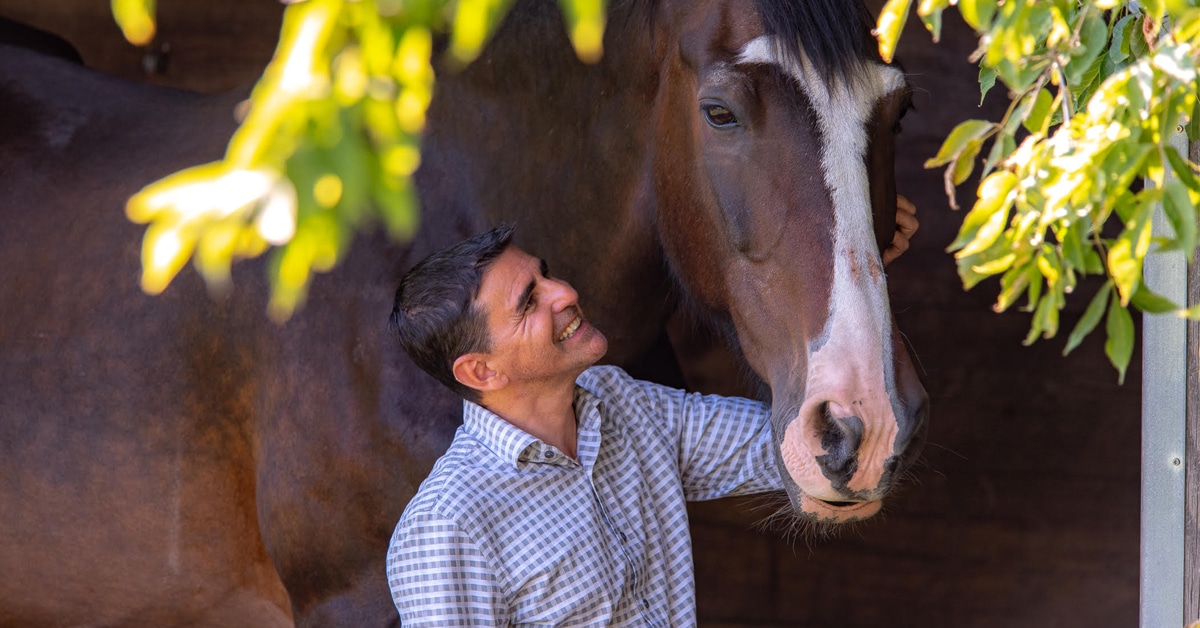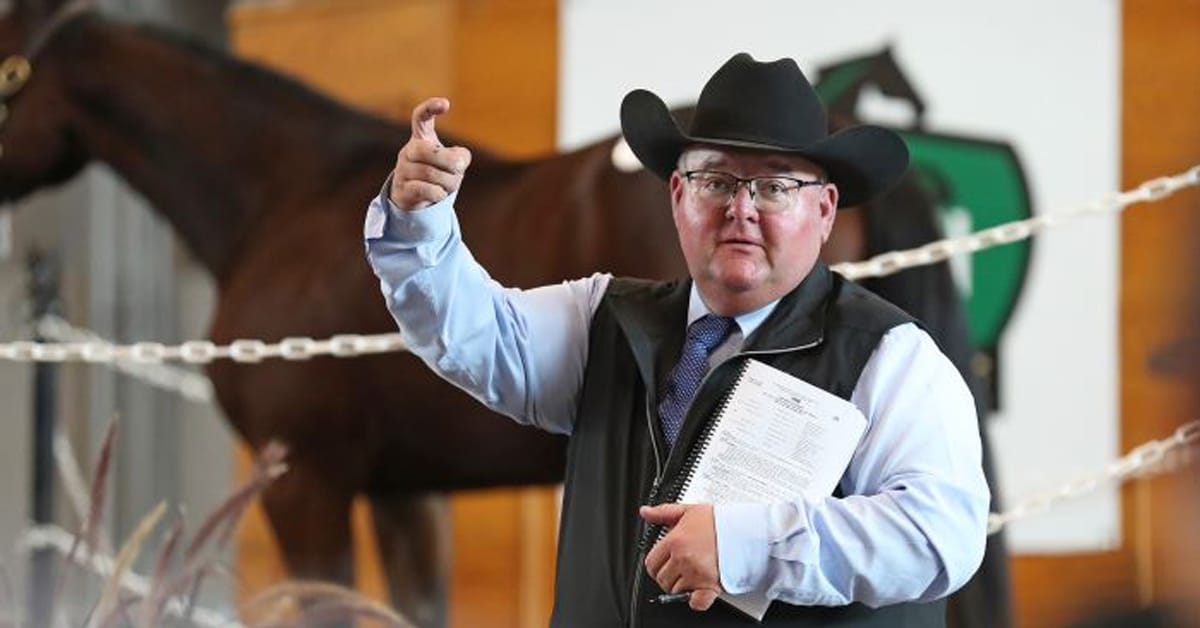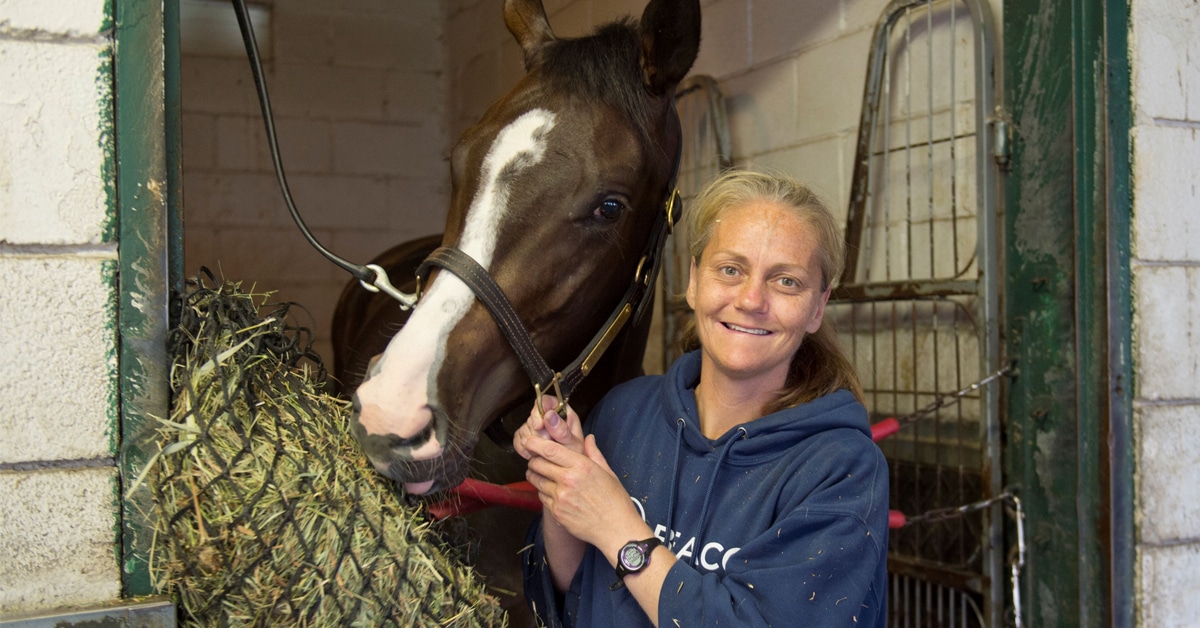Treating equine donor stem cells with a growth factor called TGF-β2 may allow them to avoid “tripping” the immune response in recipients, according to new research from North Carolina State University. The work could simplify the stem cell treatment process for ligament and tendon injuries in horses, and may also have implications for human stem cell therapies.
Mesenchymal stem cell therapy is a promising avenue for treating musculoskeletal injuries – particularly tendon and ligament injuries – in horses. Mesenchymal stem cells are adult stem cells found in bone marrow that act as repair directors, producing secretions that recruit paracrine, or healing, factors to the site of injury.
Just as blood cells have “types,” depending upon which antigens are on the blood cell’s surface, mesenchymal stem cells have differing sets of major histocompatibility complex molecules, or MHCs, on their surfaces. If the MHCs of donor and recipient aren’t a match, the donor’s stem cells cause an immune response. In organ transplants, MHCs are carefully matched to prevent rejection.
“These treatments aren’t like a bone marrow transplant or an organ transplant,” says Lauren Schnabel, associate professor of equine orthopedic surgery at NC State and corresponding author of the work. “Since the mesenchymal stem cells are being used temporarily to treat localized injury, researchers once thought that they didn’t need to be matched – that they wouldn’t cause an immune response. Unfortunately, that isn’t the case.”
Schnabel and Alix Berglund, a research scholar at NC State and lead author of the paper describing the work, wanted to find a way to utilize mesenchymal stem cell therapy without the time, effort and additional cost of donor/recipient matching.
“Since these cells don’t have to be in the body as long as an organ does, ‘hiding’ them from the immune system long enough for them to secrete their paracrine factors could be a way around donor/recipient matching,” Berglund says. “Downregulating expression of the MHC molecules could be one way to do this.”
The researchers cultured stem cells and lymphocytes, or T cells, from eight horses, cross-pairing them in vitro so that the stem cells and lymphocytes had differing MHC haplotypes. In one group, stem cells had been treated with transforming growth factor beta (TGF-β2) prior to being added to the lymphocytes in the culture media; the other group was untreated. TGF-β2 is a cell-signaling molecule produced by white blood cells that blocks immune responses.
Cultures with treated stem cells had a 50% higher stem cell survival rate than untreated cultures.
“We use mesenchymal stem cells to treat musculoskeletal injuries – particularly tendon injuries – in horses very effectively,” Schnabel says. “And while you can extract the secretions from the stem cells, you get better results with the cells themselves. Stem cells aren’t just a reservoir of secretions, they’re a communications hub that tells other cells what they should be doing. So finding a way to utilize these cells without stimulating immune response gives us better treatment options.”
“This is a promising pilot study,” Berglund says. “Our next steps will be to further explore the immune response in vivo, and to look at human cells in vitro, as this work has excellent potential to help humans with these injuries as well.”
The research appears in Frontiers in Cell and Developmental Biology, and was supported by the National Institutes of Health (grants K08AR060875 and K01OD027037) and the Morris Animal Foundation (grants D16EQ-405 and D18EQ-055). Research specialist Julie Long and statistician James Robertson, both of NC State, also contributed to the work.
The Latest










